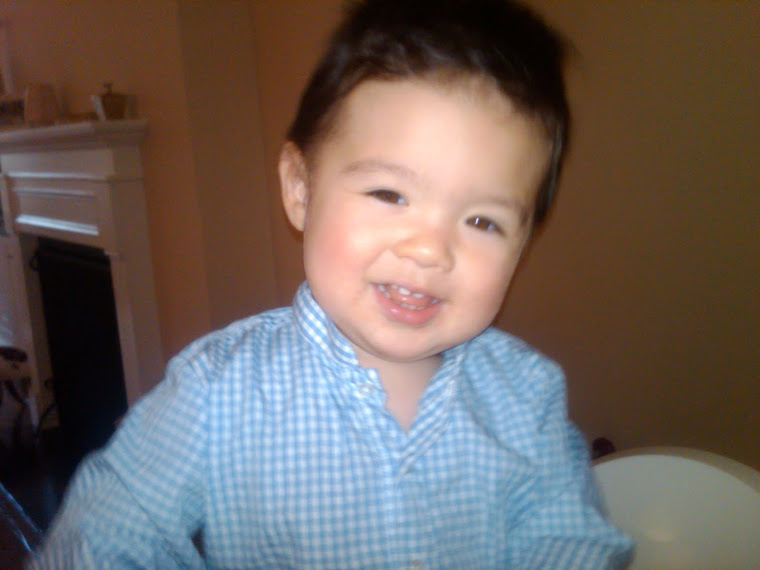Kelly Gallagher makes a great point at the beginning of Chapter 3. No matter what we do in our lives, we all have to write to either inform or explain. It can come in any form, but like it or not we all eventually have to explain ourselves and inform others. I found all of the activities in Chapter 3 of the Gallagher reading to be both practical and creative. I decided to pick 3 that I could see myself using and explain why.
1) Congrats, newly minted ________
I think this writing activity is great for several reasons. First of all, it allow students to have a choice of what they are going to write about. They can choose any topic and write a detailed sarcastic list that I think will certainly appeal to a secondary student's sense of humor. Secondly, it forces them to explore a topic and write about in detail. This may seem basic, but I think the "analyze and explain" skill set is important for many types of writing. Lastly, the end goal is to take a sarcastic list and turn it into a positive list. The student example shown goes transforms from "How to Get Sent to Boarding School" into "How to Be a Model Teenager". This is a clever twist as it removes the humor and forces students to really think about how to be a good doctor, teacher, cop, nurse, scientist, etc.
2) I Was a Witness
One of the reason's I love this idea is because it touches on my second favorite subject, history. Reading and writing are so important because they touch upon an infinite number of topics and subjects, such as historical events. In this case, the student will read an actual eyewitness account of a historical event. (This is likely much more exciting than what is in their history textbooks.) I think this is a great way of modeling writing for students. Students can build upon their own reflections to inform and explain what they saw. This strengthens the idea that events in their life are important and should be reflected on and discussed.
3) Unwritten Rules
This activity asks students to consider the unofficial and unwritten rules in their lives. I like this because it forces students to think critically and allows the teacher to get to know some of the ins and outs of their daily lives. Much like the first activity mentioned, this type of writing allows for a certain sarcasm that seems to fit with young writers. It also explores the facets of life that aren't often discussed in the classroom. It points out that certain things are understood even if they are not explicitly explained by authorities or society in general. This exercise calls for students to think deeply about norms within groups, whether those consist of baseball games or high school bands. While reading about this exercise, I couldn't help but think about our social or cultural norms. I think these lists of rules can help a teacher explore norms that students have within their peer groups in and outside school. It would be interesting to compare and contrast the responses that students come up with.

I look forward to learning about the implementation of these exercises. Gallagher's book comes after my time in the classroom and I wish his wisdom arrived while I was still teaching. I did many of the prompts he offers (and others of my own). The best bet for a teacher is to have multiple variations of writing assignments to meet the needs of heterogeneous classrooms. You captured three wonderful ones right here.
ReplyDelete